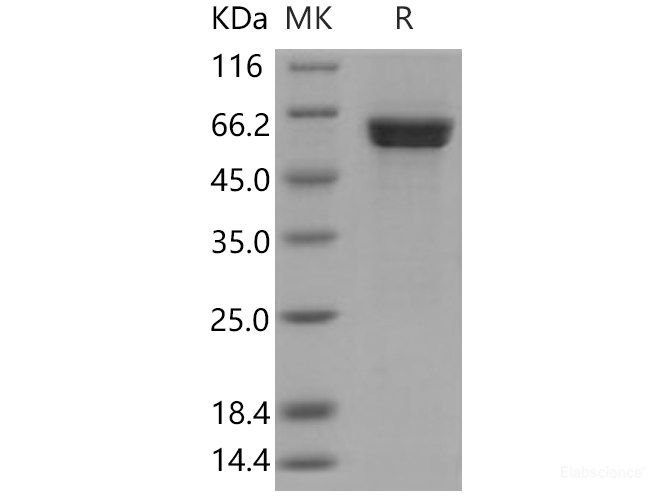Background
Calcium/calmodulin-dependent protein kinase orCaM kinases are serine/threonine-specific protein kinasesthat are primarily regulated by the Calcium/calmodulin complex. These kinases show a memory effect on activation. CaM kinases activity can outlast the intracellular calcium transient that is needed to activate it. Inneurons, this property is important for the induction of synaptic plasticity. Pharmacological inhibition of CaM kinases II blocks the induction oflong-term potentiation. Upon activation, CaM kinases II phosphorylates postsynaptic glutamate receptors and changes the electrical properties of the synapse. Calcium/calmodulin-dependent protein kinase type 1D, also known as CaM kinase I delta, CaM kinase ID, CaMKI-like protein kinase, CKLiK and CAMK1D, is a member of theprotein kinase superfamily and CaMK subfamily. It contains oneprotein kinase domain. CAMK1D is broadly expressed. It is highly and mostly expressed in polymorphonuclear leukocytes (neutrophilic and eosinophilic granulocytes) while little or no expression is observed in monocytes and lymphocytes. Engineered overexpression of CAMK1D in non-tumorigenic breast epithelial cells led to increased cell proliferation, and molecular and phenotypic alterations indicative of epithelial-mesenchymal transition (EMT), including loss of cell-cell adhesions and increased cell migration and invasion. CAMK1D is a potential therapeutic target with particular relevance to clinically unfavorable basal-like tumors.







